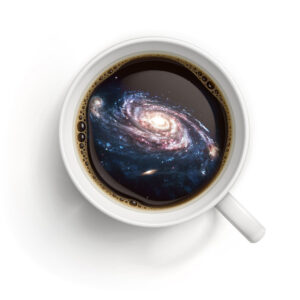

- This event has passed.
Cafe-Club, Boris KALITA (Kavli IPMU, The University of Tokyo): “Clumpy galaxies at z > 1 in the era of JWST: moving beyond the UV wavelengths”.
4 October 2023 à 14h00 - 15h00

Boris KALITA (Kavli IPMU, The University of Tokyo): “Clumpy galaxies at z > 1 in the era of JWST: moving beyond the UV wavelengths”.
You can find the schedule of upcoming café-clubs and the video of old ones at http://wiki.lam.fr/geco/CafeClub .
Take care,
Carlo, Meriam, Paolo
—————-
ABSTRACT
A key question in galaxy evolution has been the importance of the apparent ‘clumpiness’ of high redshift galaxies. Until now, this property has been primarily investigated in rest-frame UV, limiting our understanding of their relevance. Are they short-lived or are associated with more long-lived massive structures that are part of the underlying stellar disks? We use JWST/NIRCam imaging from CEERS to explore the connection between the presence of these ‘clumps’ in a galaxy and its overall stellar morphology at 1.0 < z < 2.0. Exploiting the uninterrupted access to rest-frame UV, optical and near-IR light, we simultaneously map the clumps in galactic disks across our wavelength coverage, along with measuring the distribution of stars among their bulges and disks. In this talk I will be discussing the confirmation of these clumps as massive structures containing at least a few percent of the total stellar mass of the parent galaxies. A secondary consequence is that these will hence be expected to increase the dynamical friction within galactic disks leading to gas inflow. I will also be bridging the regime of clumps observed previously in UV to that of clumps now detected in near-IR. Finally, I will be presenting the strong negative correlation we find between how clumpy a galaxy is and the strength of its central bulge. This firmly suggests an evolutionary connection, either through clumps driving bulge growth, or the bulge stabilising the galaxy against clump formation, or a combination of the two.



